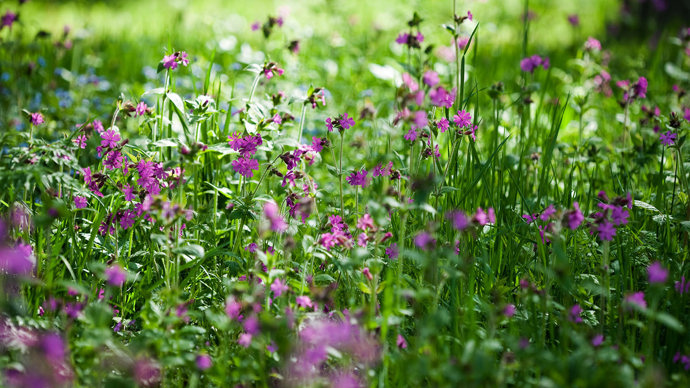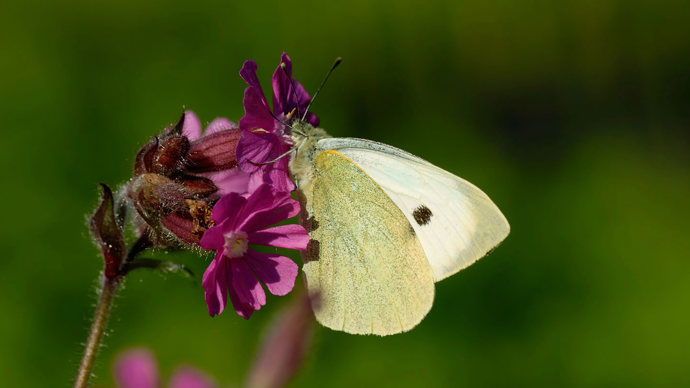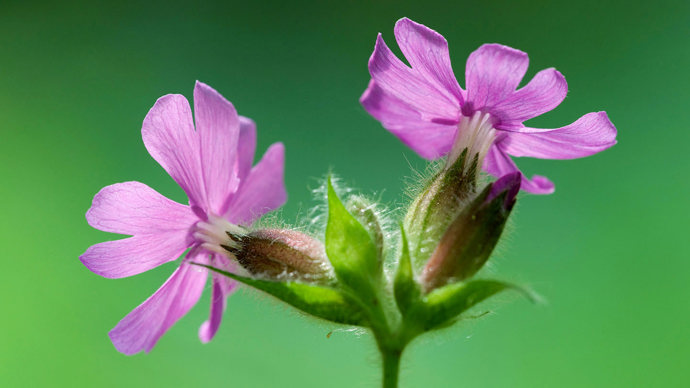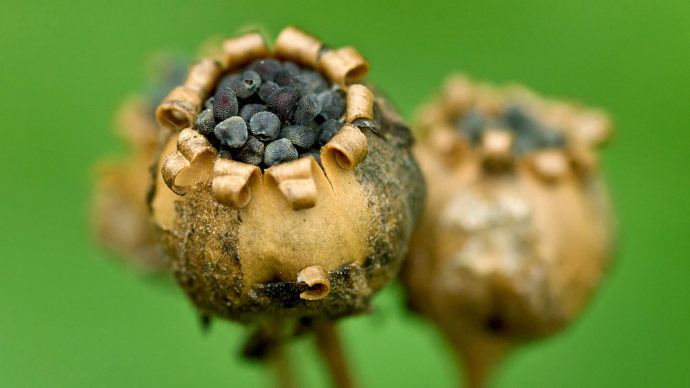Common names: red campion, adder’s flower, Robin Hood, cuckoo flower
Scientific name: Silene dioica
Family: Caryophyllaceae
Origin: native
Flowering season: May to September
Habitat: woodland, grassland, urban areas
These flashy woodland guardians have strong links to myths and mysticism. They are favourites of plenty of woodland insects – and fairies – and bloom a cheerful pink soon after the bluebell has finished flowering.
Common names: red campion, adder’s flower, Robin Hood, cuckoo flower
Scientific name: Silene dioica
Family: Caryophyllaceae
Origin: native
Flowering season: May to September
Habitat: woodland, grassland, urban areas
The red campion is an attractive, medium to tall perennial or biennial plant with a downy stem.
Leaves: hairy, and grow in opposite pairs.
Flowers: a distinctive pink-red in colour with five petals that are fused at their base to form a tube surrounded by a purple-brown calyx (protective sheath). Red campion is dioecious, meaning the male and female flowers grow on separate plants.
Not to be confused with: white campion (Silene latifolia) when only the leaves are visible. However, once in flower, the colour of the petals clearly indicates the species. Corncockle (Agrostemma githago), like red campion, has pink flowers but the petals are different in shape and more rounded.

Credit: Christina Bollen / Alamy Stock Photo
Look for red campions in lightly shaded areas in woodland, along hedgerows, in fields and ditches and on roadside verges. This species is an ancient woodland indicator, so may give a clue to the age of a wood.

Credit: Keith Burdett / Alamy Stock Photo
The flowers of red campion are important for various pollinating insects, including bees, butterflies and hoverflies.

Credit: Papilio / Alamy Stock Photo
A noticeable flower, the red campion has been mentioned in various poems including Summer Woods by the poet Mary Howitt. Red campion’s genus name, Silene, probably derives from the Greek word ‘sialon’, which means saliva, in reference to the gummy substance the plant secretes on the stems. Folklore tells that red campion flowers guard bees’ honey stores, as well as protecting fairies from being discovered.

Credit: Brian Hird Wildflowers / Alamy Stock Photo
Traditional medicines used red campion seeds to treat snakebites.
In the Anglican Church, red campion is associated with Saint James as it flowers around his feast day.